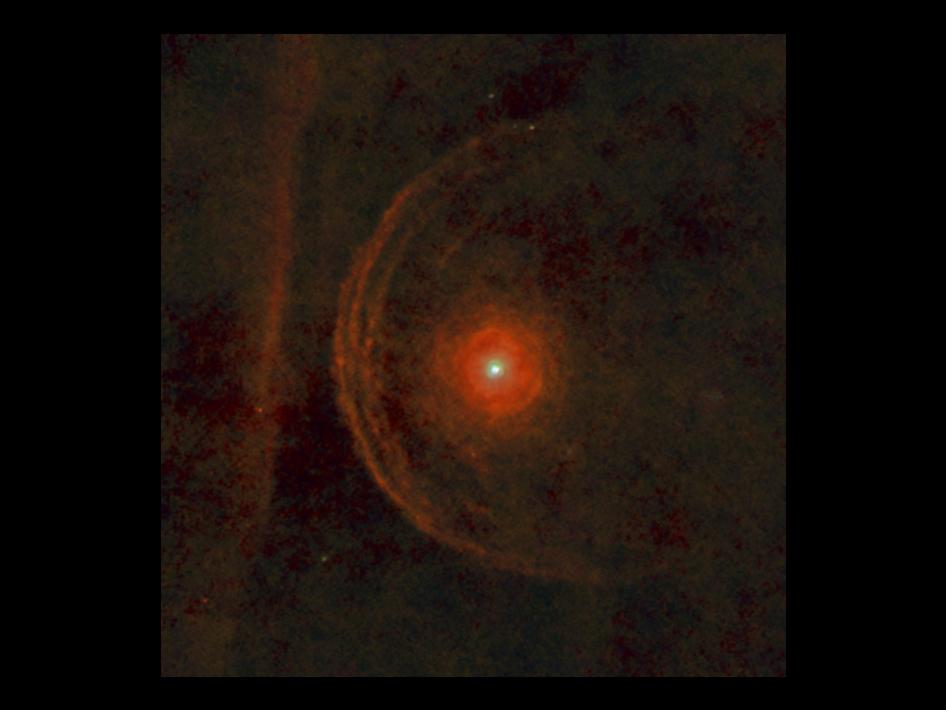![hybrid star [ID=9956183]](http://moc-assets-prod.gannett-cdn.com/-mm-/3d5569507733ca056af5edaf0a2a8036c559fb13/r=500x375/local/-/media/KUSA/KUSA/2014/06/04/1401897294000-hybrid-star-CREDIT-NASA.jpg)
KUSA – A team of scientists led by the University of Colorado Boulder's Emily Levesque have discovered the first of a "theoretical" class of stars.
In 1975, physicist Kip Thorne and astronomer Anna Żythow proposed Thorne- Żythow objects. These are hybrids of red supergiant and neutron stars that superficially resemble normal red supergiants. However, they have distinct chemical signatures that result from activity in their stellar interiors.
It is thought Thorne- Żythow objects are formed during a supernova explosion. The most common theory suggests a red supergiant swallows a neutron star, which spirals into the core of the red supergiant.
Thorne- Żythow objects are powered by the absorbed neutron stars in their cores where normal red supergiants are fueled by nuclear fusion in their cores.
"Studying these objects is exciting because it represents a completely new model of how stellar interiors can work," Levesque said. "In these interiors we also have a new way of producing heavy elements in our universe."
This opens the possibility of discovering produce some of the heavy elements.
The discovery was made while studying stars in Chile. A 6.5-meter Magellan Clay telescope was used to observe spectrums of light emitted from red supergiants. In the star HV 2112, the observers discovered the spectrum contained excess rubidium, lithium and molybdenum. Normal stellar processes can create these elements, but a high concentration is a unique signature of Thorne- Żythow objects.
"Since Kip Thorne and I proposed our models of stars with neutron cores, people were not able to disprove our work," Żythow said. "If theory is sound, experimental confirmation shows up sooner or later. So it was a matter of identification of a promising group of stars, getting telescope time and proceeding with the project."
The team is also pointing out that some of the chemical characteristics that don't quite match theoretical models.
"We could, of course, be wrong. There are some minor inconsistencies between some of the details of what we found and what theory predicts. But the theoretical predictions are quite old, and there have been a lot of improvements in the theory since then. Hopefully our discovery will spur additional work on the theoretical side now," the study's coauthor Phillip Massey said.
(KUSA-TV © 2014 Multimedia Holdings Corporation)


